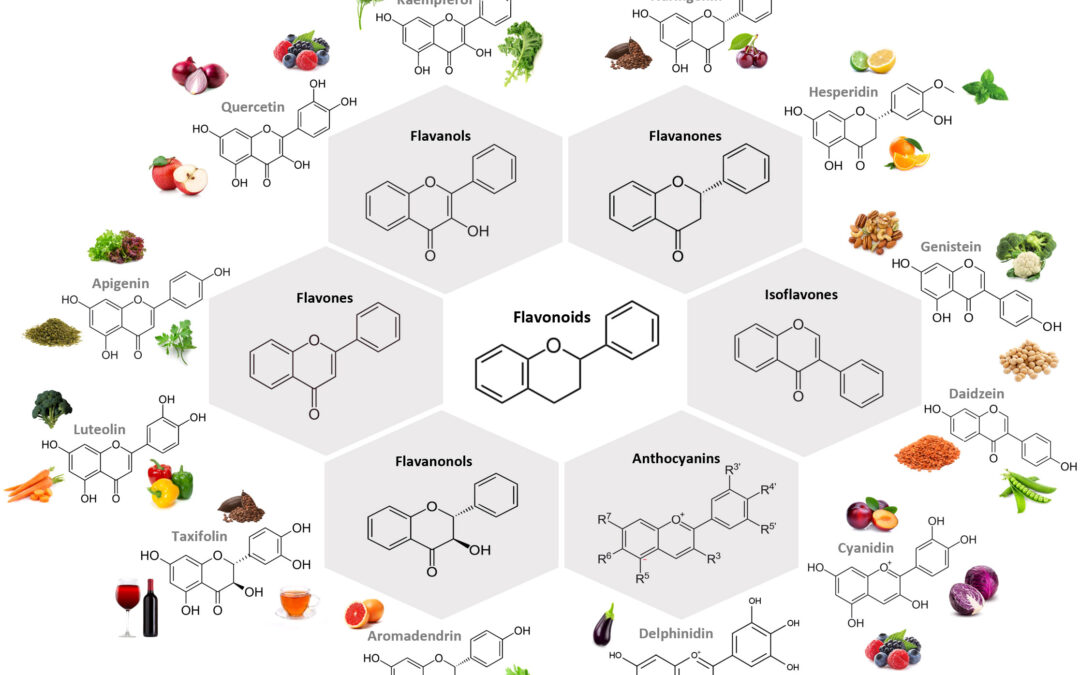Polyphenols: immunonutrients tipping the balance of immunometabolism in chronic diseases
Mounting evidence progressively appreciates the vital interplay between immunity and metabolism in a wide array of immunometabolic chronic disorders, both autoimmune and non-autoimmune mediated. The immune system regulates the functioning of cellular metabolism within organs like the brain, pancreas and/or adipose tissue by sensing and adapting to fluctuations in the microenvironment’s nutrients, thereby reshaping metabolic pathways that greatly impact a pro- or anti-inflammatory immunophenotype. While it is agreed that the immune system relies on an adequate nutritional status to function properly, we are only just starting to understand how the supply of single or combined nutrients, all of them termed immunonutrients, can steer immune cells towards a less inflamed, tolerogenic immunophenotype. Polyphenols, a class of secondary metabolites abundant in Mediterranean foods, are pharmacologically active natural products with outstanding immunomodulatory actions. Upon binding to a range of receptors highly expressed in immune cells (e.g. AhR, RAR, RLR), they act in immunometabolic pathways through a mitochondria-centered multi-modal approach. First, polyphenols activate nutrient sensing via stress-response pathways, essential for immune responses. Second, they regulate mammalian target of rapamycin (mTOR)/AMP-activated protein kinase (AMPK) balance in immune cells and are well-tolerated caloric restriction mimetics. Third, polyphenols interfere with the assembly of NLR family pyrin domain containing 3 (NLRP3) in endoplasmic reticulum-mitochondria contact sites, inhibiting its activation while improving mitochondrial biogenesis and autophagosome-lysosome fusion. Finally, polyphenols impact chromatin remodeling and coordinates both epigenetic and metabolic reprogramming. This work moves beyond the well-documented antioxidant properties of polyphenols, offering new insights into the multifaceted nature of these compounds. It proposes a mechanistical appraisal on the regulatory pathways through which polyphenols modulate the immune response, thereby alleviating chronic low-grade inflammation. Furthermore, it draws parallels between pharmacological interventions and polyphenol-based immunonutrition in their modes of immunomodulation across a wide spectrum of socioeconomically impactful immunometabolic diseases such as Multiple Sclerosis, Diabetes (type 1 and 2) or even Alzheimer’s disease. Lastly, it discusses the existing challenges that thwart the translation of polyphenols-based immunonutritional interventions into long-term clinical studies. Overcoming these limitations will undoubtedly pave the way for improving precision nutrition protocols and provide personalized guidance on tailored polyphenol-based immunonutrition plans.
Read the entire article here: https://www.frontiersin.org/journals/immunology/articles/10.3389/fimmu.2024.1360065/full
Image: Chemical structure of the main subclasses of flavonoids, examples of compounds belonging to each subclass and examples of foodstuff containing them.

